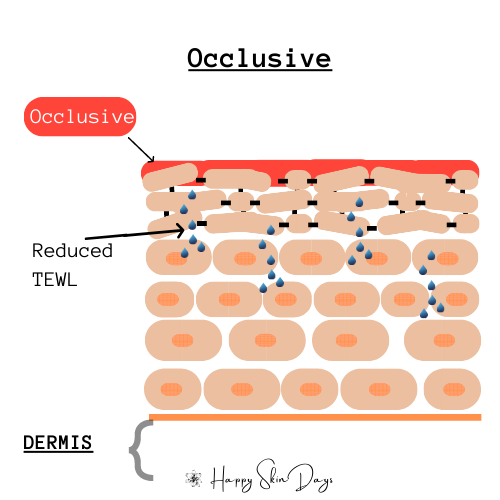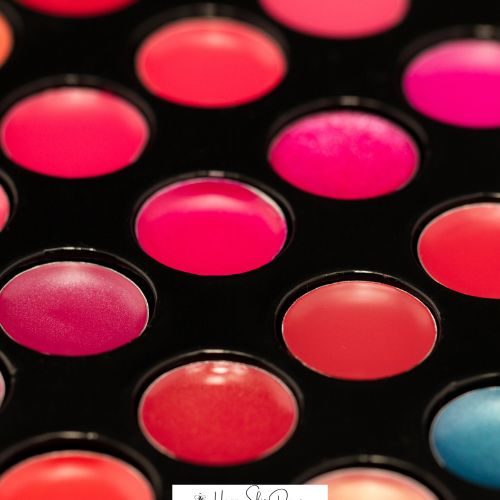I think its stating the obvious, when I point out the following about our lips:
- the skin on our lips is much thinner than the rest of our face. In fact, it sometimes feels like a thin, barely there covering
- the skin is extremely prone to getting flaky irrespective of your age, without external help
- its prone to age more quickly than other parts of our face
What’s the science jargon?

The lips are actually called the Vermillion and the border surrounding it is called the Vermillion Border. If you have ever applied lipstick, you’ll know the downward arch is called the Cupid’s Bow. Finally, the ends of the lips are called Oral Commissures. If you are Asian, this is the part that gets darkest most quickly.
Structure of the skin
The stratum corneum (the top layer of the epidermis) which is on the lips holds less water than the stratum corneum on (say) your cheeks.
Also, the structure of this skin means that your lips lose more water (trans-epidermal water loss) than on (say) your cheeks.
Lips are (and this is not rocket science) more dry than other parts of the skin and therefore, are prone to dry skin issues such as redness, flakiness etc etc.
What ages the skin on our lips
The fact of the matter is, that the fragility of the skin means it will age quicker than the rest of the face. If you have dark-skin, the real game changer is the lack of melanin on the lips of the skin. Melanin, is a skin pigment that acts as an internal SPF and absorbs harmful UV radiation.
So if you have dark-skin, a dead give away about your age is definitely your lips.
Other factors that will age the skin quickly include diet, smoking and and poor quality lip products, especially matte lipsticks that are extremely drying to the lip
How can you look after the lips on your skin?

- Drink more water: being naturally hydrated helps your skin because your cells need water to function properly and that well-functioning cells in the skin barrier ensure less water loss. This extremely true for lips.
- Use a lip product that has occlusive ingredients
- If possible try and use an SPF in your lip products. SPF will protect your lips against UV radiation and photoaging
- Limit use of lip products that dry your lips.
- For me, its matte lipsticks: really invest the time to find a matte lipstick that doesn’t dry your lips out. For me, that’s Charlotte Tilbury and Pat McGrath
What’s an occlusive ingredient?

These form a protective barrier, preventing water loss as well as creating conditions for barrier repair. Petrolatum is the best occlusive preventing 99.9% of water loss. Other occlusive ingredients in decreasing order of effectiveness are: Petrolatum> Lanolin > Mineral oil > Silicones
To this ingredient list you can add shea butter as well.
